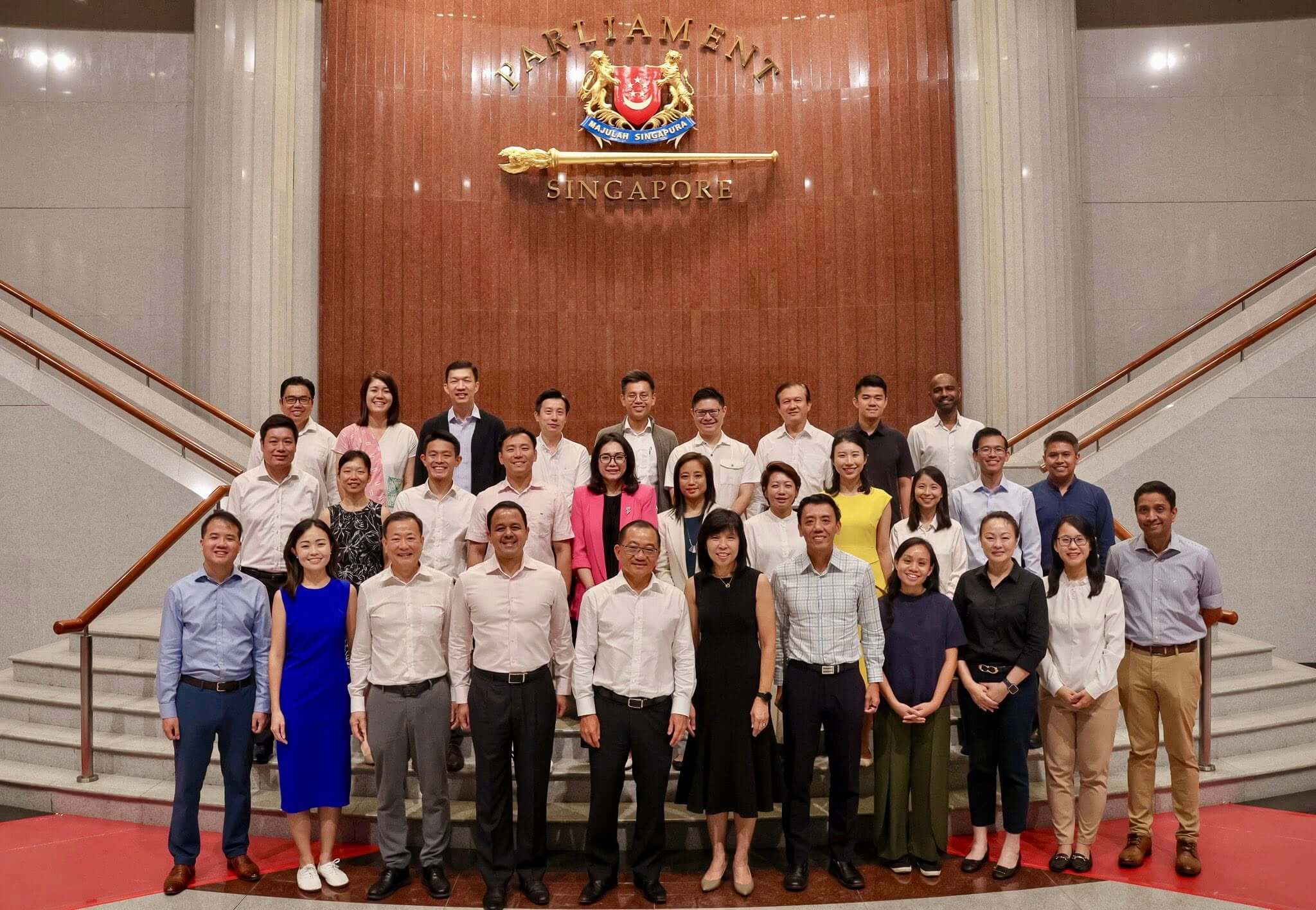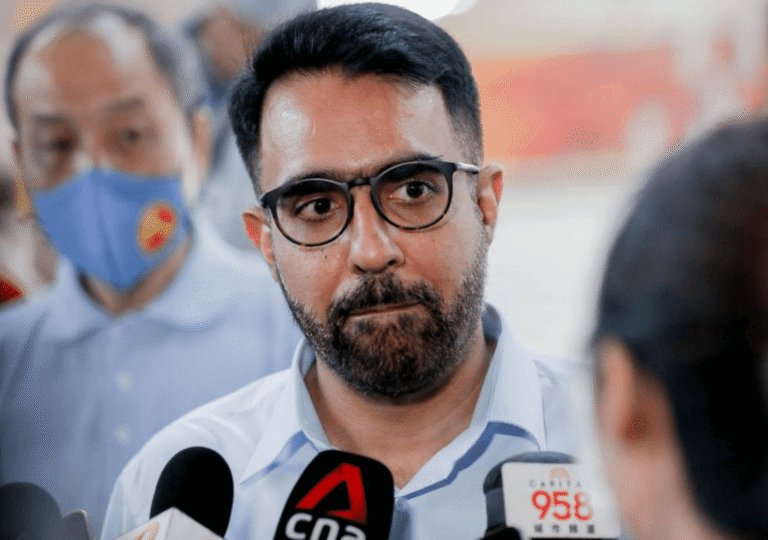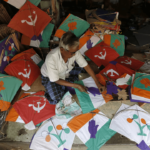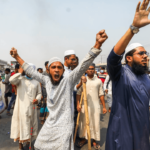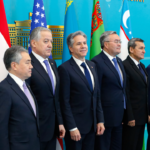Singapore’s 15th Parliament will hold its first sitting on September 5, with all 99 newly elected Members of Parliament (MPs) set to be sworn in. The ruling People’s Action Party (PAP) will occupy 87 seats, while the remaining will be held by the Workers’ Party (WP). Notably absent this term is the Progress Singapore Party (PSP), which had representation in the previous Parliament.
Of the 99 MPs, 97 were elected directly at the polls. The remaining two—Andre Low and Eileen Chong from the WP—will join as Non-Constituency Members of Parliament (NCMPs), having been the best-performing opposition candidates who did not win in their constituencies. These NCMP seats, part of a scheme to ensure opposition representation in Parliament, were awarded to the WP by Prime Minister Lawrence Wong. In the previous term, these seats had been awarded to the PSP. The decision is seen by some as recognition of the WP’s consistent performance, particularly in an election where the PAP won nearly all contested seats.
Singapore’s last Parliament was among the most active in its history, with lively debates and strong participation from both the ruling party and the opposition. Many now hope that the new Parliament will carry that momentum forward and bring renewed energy to the country’s highly-criticized democracy.
Will begin with the usual protocols
According to a statement issued on June 13 by Leader of the House Indranee Rajah, the first sitting of Singapore’s 15th Parliament will start with the election of the Speaker and the swearing-in of Members of Parliament.
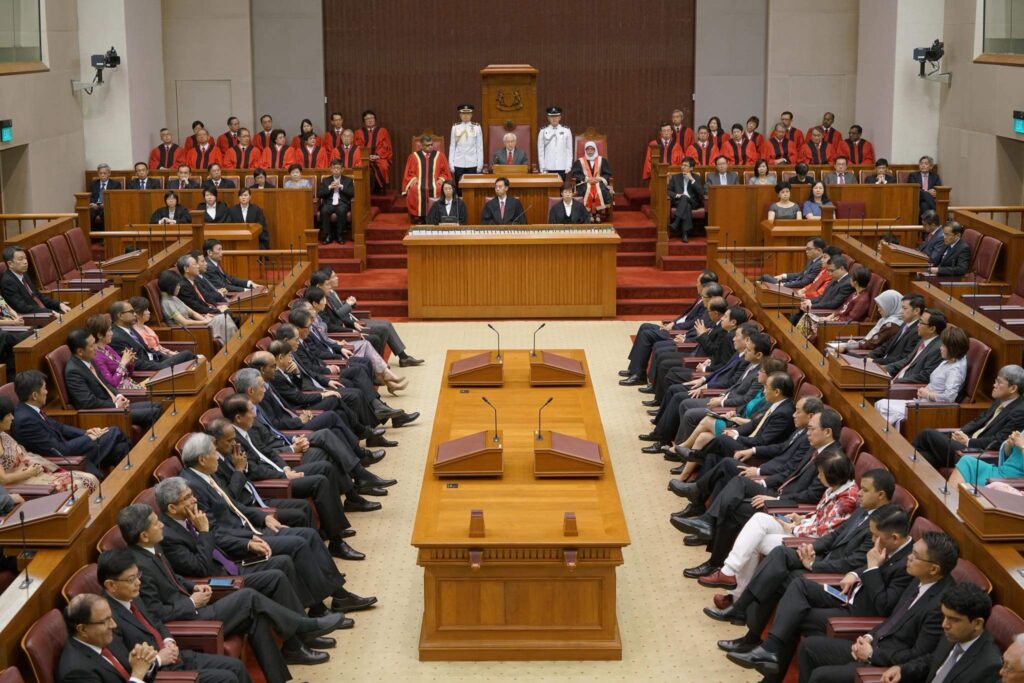
Mr. Seah Kian Peng, who was appointed Speaker in the final year of the previous Parliament, is among those set to be sworn in. He represents Marine Parade–Braddell Heights GRC.
President Tharman Shanmugaratnam will deliver the opening address, outlining the Government’s priorities, policies, and programmes. Delivered on behalf of the Government at the start of each new parliamentary term, the President’s Address sets the tone for the legislative agenda. It is expected to outline Singapore’s strategic direction and key policy responses amid a challenging geopolitical environment and ongoing economic uncertainties—issues that were central to Prime Minister Lawrence Wong’s recent election campaign.
At the opening of the 14th Parliament in 2020, then-President Halimah Yacob described Singapore as standing at a time of profound change. She urged the nation to rethink its challenges and evolve its social models and public policies. Her address also called for a renewed examination of core national values, including meritocracy, multiracialism, and the conduct of politics.
A parliamentary debate on President Tharman’s address is scheduled to take place from September 22 to 26.
Expecting an active parliament
Historically, Singapore’s Parliament was known for its brief sittings, limited public debate, and minimal opposition presence. But the last Parliament marked a modest yet meaningful departure from that trend. For the first time, it formally recognized a Leader of the Opposition—a symbolic and structural milestone. Parliamentary debates became more frequent and substantive, with some sessions stretching late into the night. There was also a noticeable increase in speeches, ministerial statements, motions, and adjournment debates—clear indicators of a more participatory and engaged legislature. It was a promising shift that gave hope for Singapore’s evolving political landscape.
As the 15th Parliament begins its work, it faces the challenge of maintaining—and perhaps exceeding—the momentum set by its predecessor. While the Progress Singapore Party (PSP) failed to win any seats this time, the Workers’ Party (WP) is expected to adopt a more assertive stance, building on the energy of its campaign. In turn, the ruling People’s Action Party (PAP) may engage more of its backbenchers to create a livelier and more balanced parliamentary exchange.
There is cautious optimism that Parliament will continue to evolve into a more open, representative institution. Singapore is unlikely to return to the tightly managed parliamentary model of the past.

